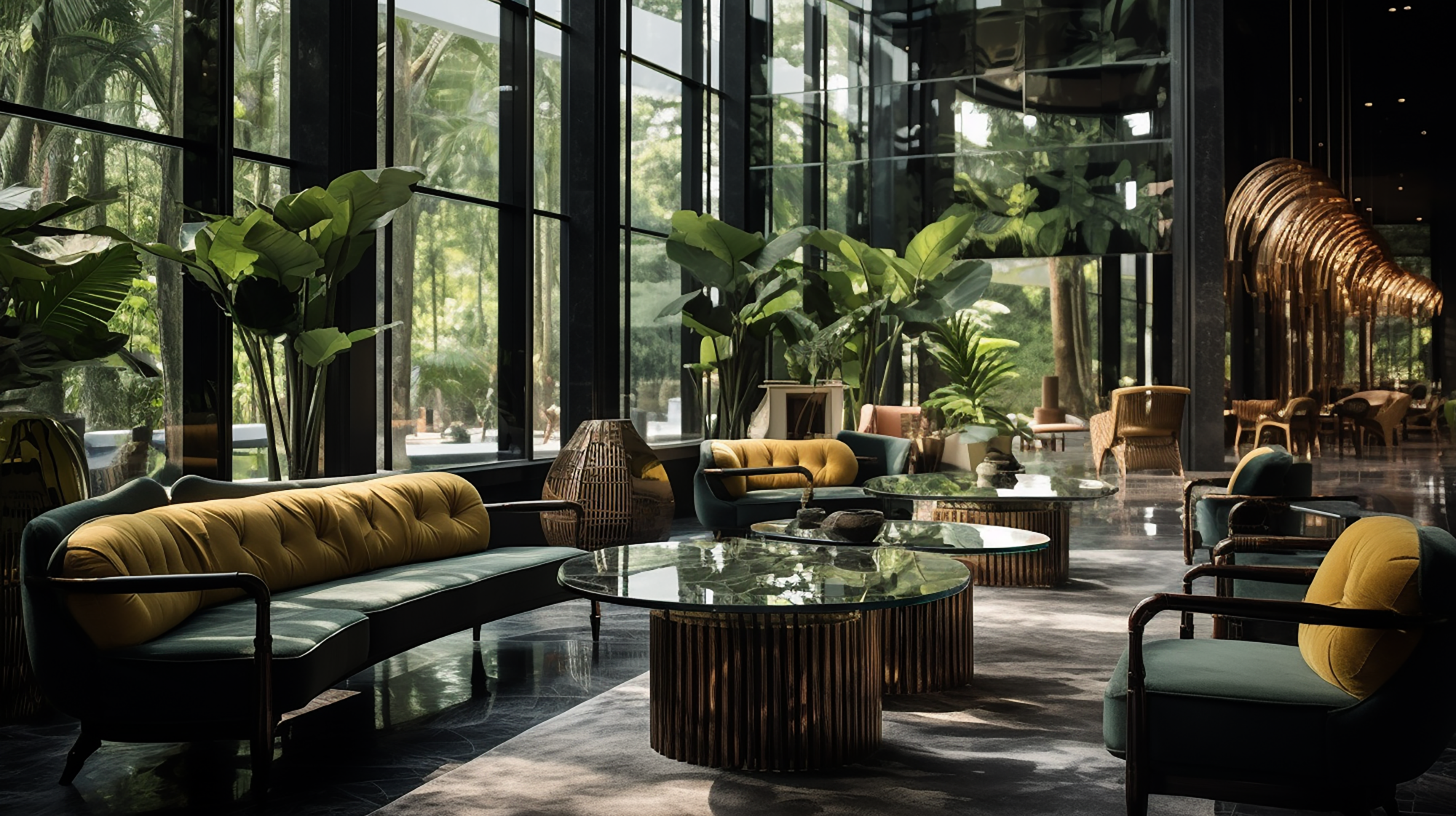How Nature is Inspiring Design Professionals
It’s no secret that nature has the power to transform and elevate our lives. From the health benefits of a little Vitamin D from the sun to rejuvenating your mind through forest bathing (known in Japan as Shinrin-yoku), getting out in nature has been proven to improve your mood, focus, and stress levels.
How can we harness the power of nature and our connection to it in the built environment? Builders, architects, and designers are starting to implement biophilia in projects around the world.
In the realm of interior design, biophilia is more than just a trend—it’s a testament to our intrinsic connection with the environment. It’s the recognition that our well-being is deeply intertwined with the spaces we inhabit, and that by infusing elements of nature into our interiors, we can cultivate spaces that nourish both body and soul.
Biophilia is a movement that celebrates not just the beauty of the natural world, but its profound ability to elevate our lives.
In a recent article, the editors at 5280 gathered insight from the state’s experts in interior design to ask why we’re seeing biophilia infused in design and architecture in Colorado and around the world.
TRIO’s Chief Visionary Officer, Angela Harris, shared that biophilic design is so much more than just adding greenery to a room.
“Biophilia is so much more than putting plants in a space. It is an integrated approach to architecture and interior design that connects people more closely with our origins, with nature. Our goal is to create spaces that enhance emotional and physical well-being by fostering a connection with the natural world.” — Angela Harris
Science in Design, a multi-discipline, multi-media communications platform created to help architects, designers and consumers better understand the healing benefits of beauty, nature and fine design, sheds light on the practice as well.
Through the use of natural materials, like wood or stone, the incorporation of plants and green spaces, and the use of natural lighting, architects and designers can create “spaces that mimic the natural world,” and biophilic design can “reduce stress, improve cognitive function, and promote feelings of well-being and connectedness.”
As we look to the future of interior design, one thing is for sure: biophilia will not only enhance aesthetic appeal but also foster a deeper connection to nature, enriching our well-being and sense of harmony within our living spaces.






